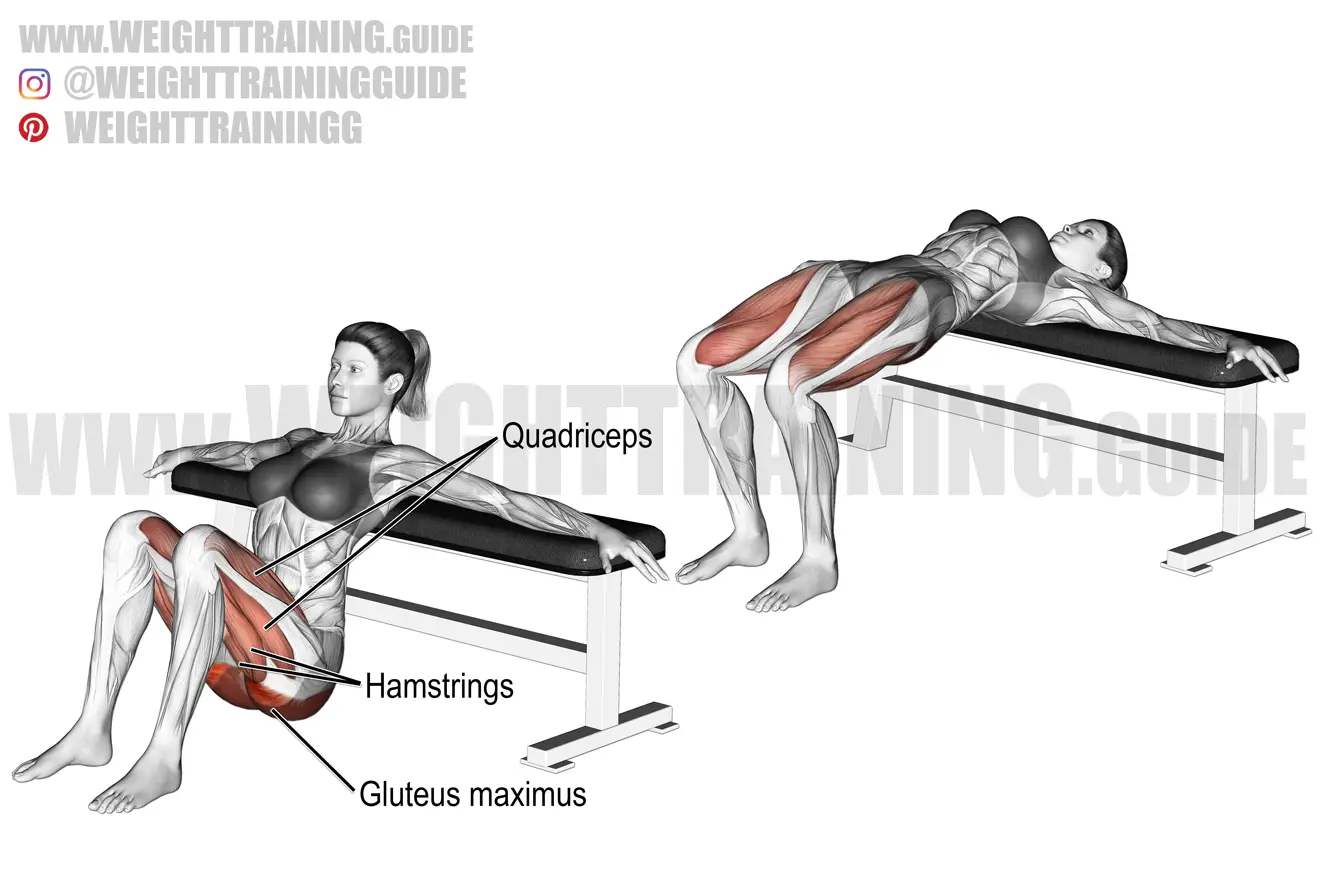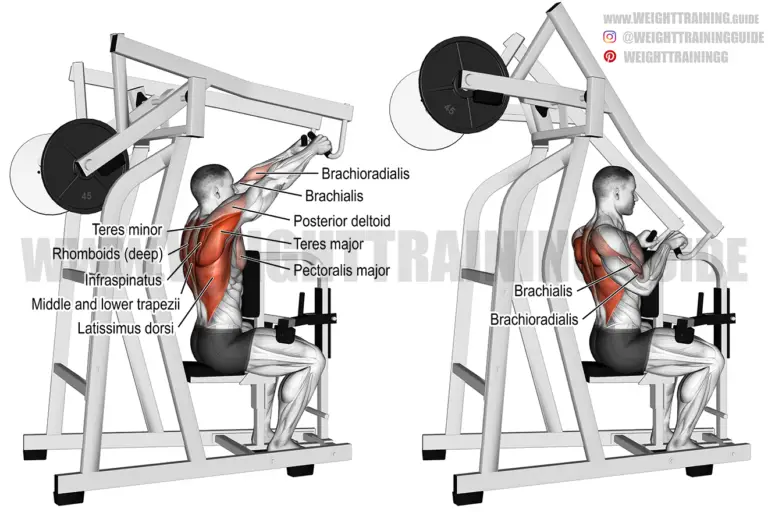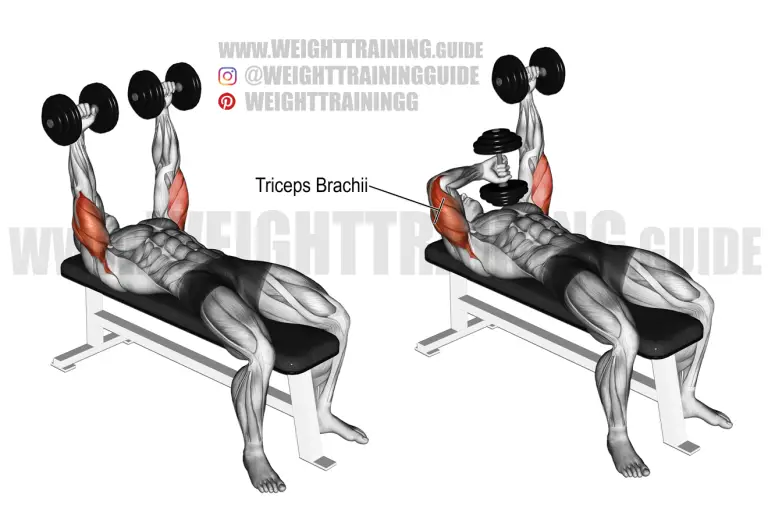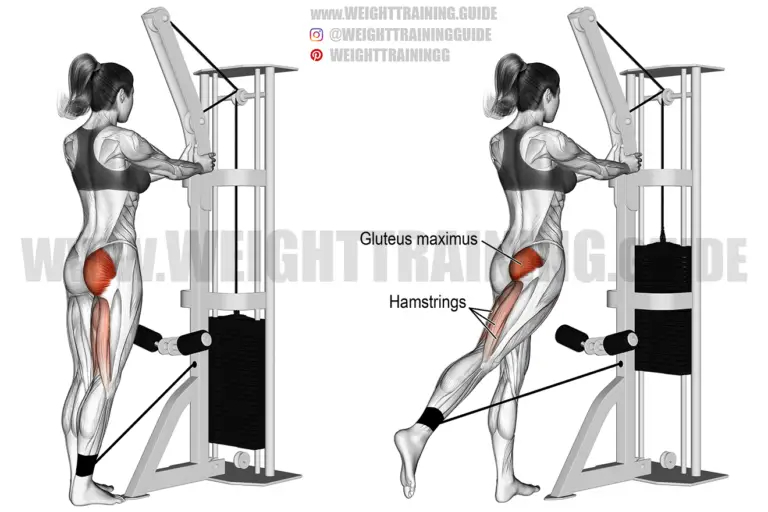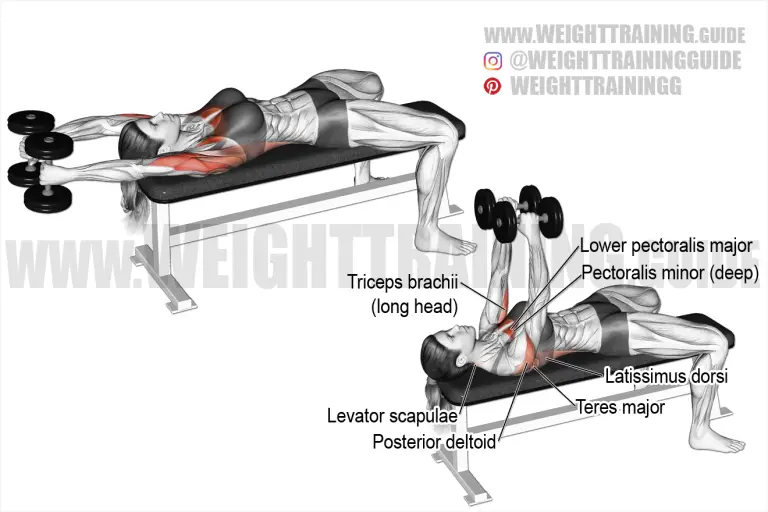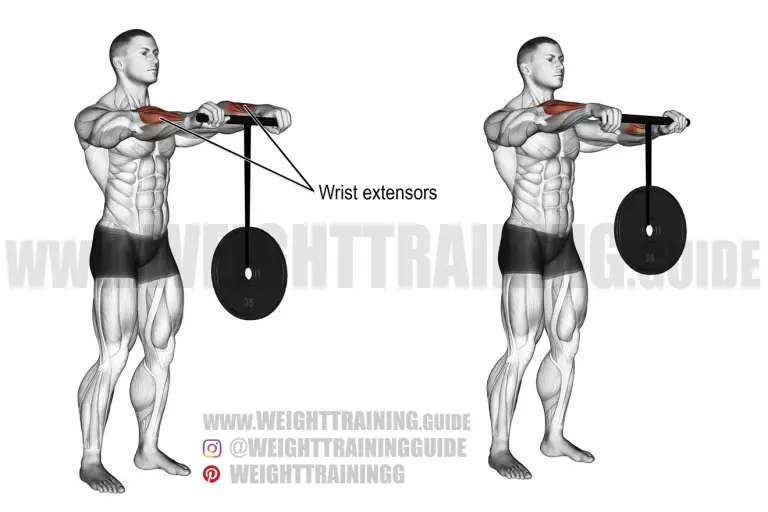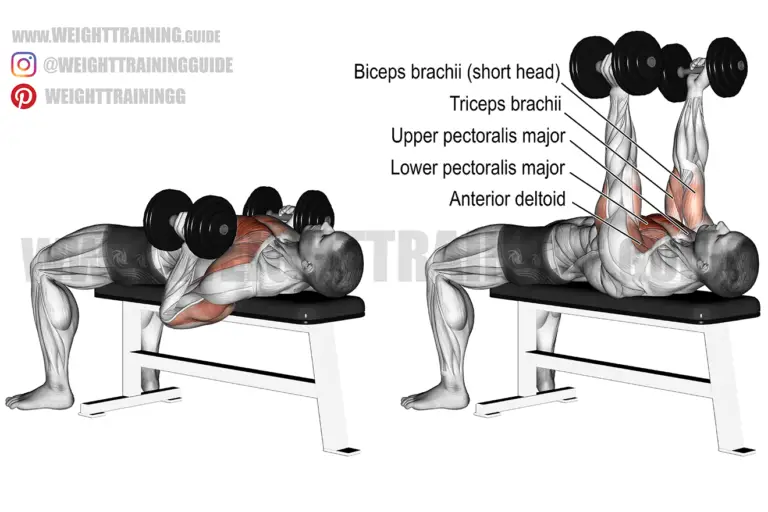Hip thrust
Exercise details
- Target muscle: Gluteus Maximus
- Synergists: Quadriceps
- Dynamic stabilizer: Hamstrings
- Mechanics: Isolation
- Force: Push
Starting position
- Sit on the floor with your upper back against the long side of a bench.
- Bend your knees so that your feet are planted on the floor in front of you. They should be about shoulder-width apart.
Execution
- Keeping your back neutral, exhale as you raise your pelvis by fully extending your hips.
- Hold for a count of two.
- Inhale as you lower your pelvis back down to the floor.
- Repeat for the desired number of repetitions.
Comments and tips
- The hip thrust is a fantastic beginner exercise for overloading the gluteus maximus.
- Keep your back neutral and core engaged throughout the exercise.
- To make this exercise more challenging, you may perform it with just one leg planted on the floor, as in the one-leg hip thrust, or you may perform the hip thrust with a barbell over your hips, as in the barbell hip thrust.
- The hip thrust is classified as an isolation exercise because it primarily utilizes hip extension. The two main muscle groups responsible for hip extension are the gluteus maximus and hamstrings (though the adductor magnus also helps). The hamstrings do not contribute much to the hip thrust exercise because the knees are bent, which makes the hamstrings loose. The hamstrings only act as dynamic stabilizers. As the hamstrings do not make much of a contribution, the gluteus maximus must do all the work, making the hip thrust a fantastic exercise for overloading the glutes.
- See also the barbell one-leg hip thrust and the weighted one-leg hip thrust.
Hip thrust video
The demonstration of the hip thrust starts at 1:40.

